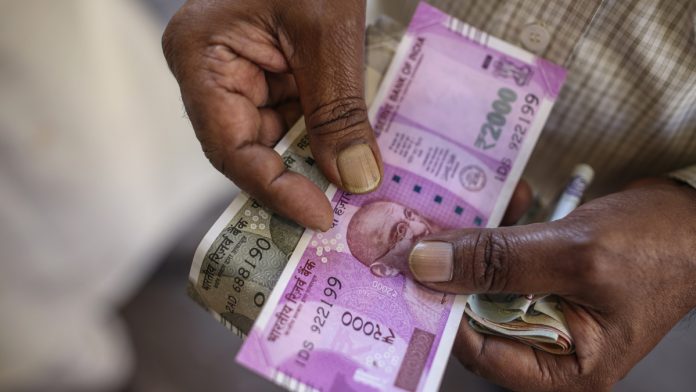India, China Lead Spate in Bank Privatization
Another examination records 17 bank privatization bargains in India every year during 2011–2017, contrasted with only two per year somewhere in the range of 1995 and 2010
Selling a stake in state-possessed banks has gotten basic for the Indian government over the most recent couple of years. In any case, notwithstanding China, the equivalent isn’t valid for other center pay nations, says a World Bank working paper that has considered the wonder.
The examination, by Ata Can Bertay and others, takes a gander at 475 privatization occasions including business banks across 70 nations during 1995–2017. The number of such occasions rose from 11 per year in the last part of the 1990s to 27 after the 2008 budgetary emergency, the examination finds.
Notwithstanding, the marvel stayed stable in high-pay nations and was exceptional in low-salary ones. China and India were the “main impetus” behind the ascent of bank privatization in the 21st century, the paper says.
Continues from privatization went up from a normal $6.8 billion every year to $26.8 billion in the period. The Indian government alone earned $11.5 billion through the offer of a stake in 19 open part banks in 2017—identical to 2.2% of yearly income, the examination finds.
In India, the examination records two exchanges worth $600 million every year, somewhere in the range of 1995 and 2010, however, this rose to 17 per year, worth $5.8 billion, during 2011–2017. China moved from no exchange during 1995-1999 to four arrangements every year after the money related emergency.
Be that as it may, while the quantity of bank privatization occasions has risen comprehensively, the stake sold has declined to 12% from 21% before the budgetary emergency.
The examination takes note of that banks picked to be privatized were predictable underperformers and that 92% of all exchanges were done through a deal in the residential capital market. Banks expanded their workforce after the privatization occasions, and broadened higher credit, the paper finds. There was no critical bounce in non-performing advances for such banks.

